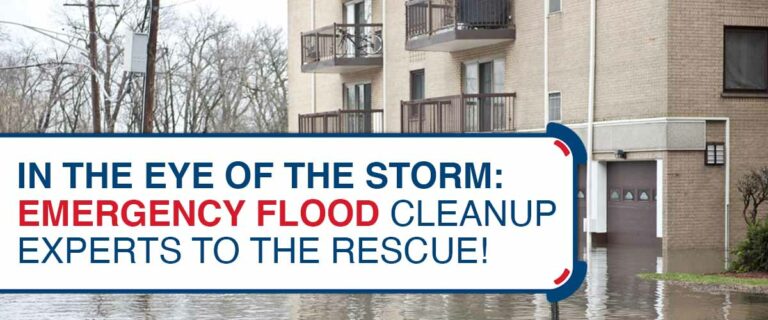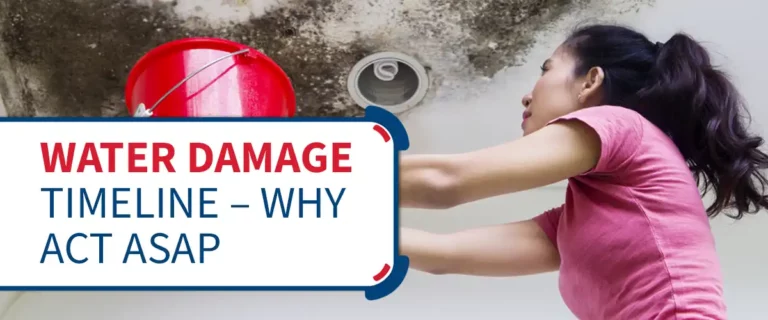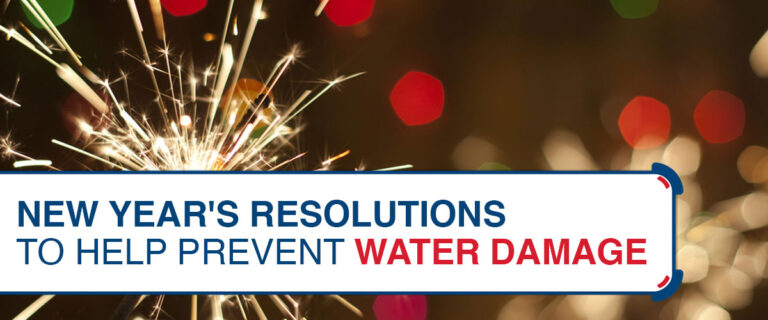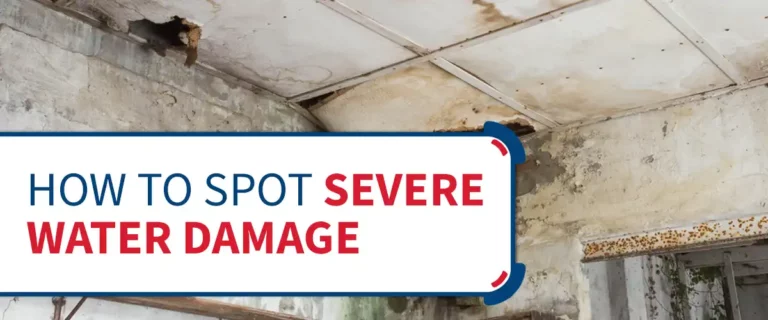What if a few simple steps could spare you from the heart-wrenching devastation of fire? Imagine the peace of mind of shielding your home or business against the fiery fury that can strike without warning. But fret not! We’ve got your back with essential fire prevention tips that will help you safeguard your precious space.
Moreover, fire damage has a profound and devastating impact on homes and businesses, causing extensive destruction and posing severe life risks. Preventive measures are also crucial in mitigating these risks, effectively safeguarding property and lives.
Furthermore, this article will cover critical areas of fire prevention, including home safety practices, fire detection systems, evacuation planning, and fire extinguisher usage.
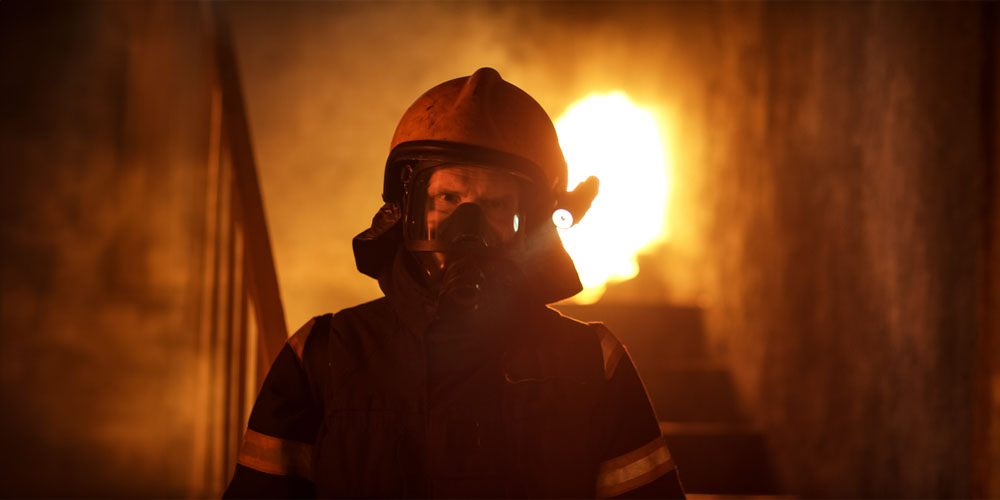
Understanding the Risks of Fire Damage
Understanding the risks of fire damage, including residential fire damage in Lawrence, KS, is crucial to effective prevention. Therefore, it is essential to identify the common causes of fire in homes and businesses, such as:
- Electrical faults can result from faulty wiring or overloaded circuits.
- Unattended cooking is another leading cause, as it can quickly escalate into a fire if left unsupervised.
- Flammable materials, such as chemicals or improperly stored items, increase the risk of fire incidents.
Proactively preventing fire is paramount to safeguarding property and minimizing fire incidents. Additionally, shocking statistics on fire incidents underscore the importance of preventive measures, including loss of life and property damage.
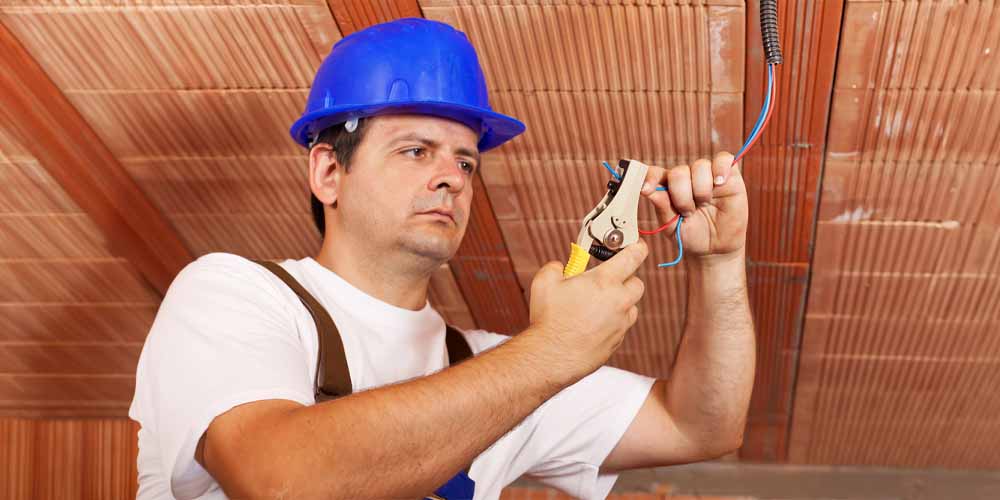
Tip 1: Regular Maintenance and Inspection
Regular maintenance and inspection of electrical systems and appliances are crucial for preventing fire incidents. Prioritizing regular maintenance is essential to ensure the safe operation of your space and the early detection of any potential fire hazards. Professional inspections offer additional benefits such as:
- Early identification of hidden fire hazards
- Thorough examination of wiring and electrical panels
- Expert recommendations for repair and upgrades.
During self-inspections, individuals should be vigilant and look out for the following:
- Frayed or damaged electrical cords
- Overheating appliances or outlets
- Loose electrical connections
- Proper placement and ventilation of flammable materials.
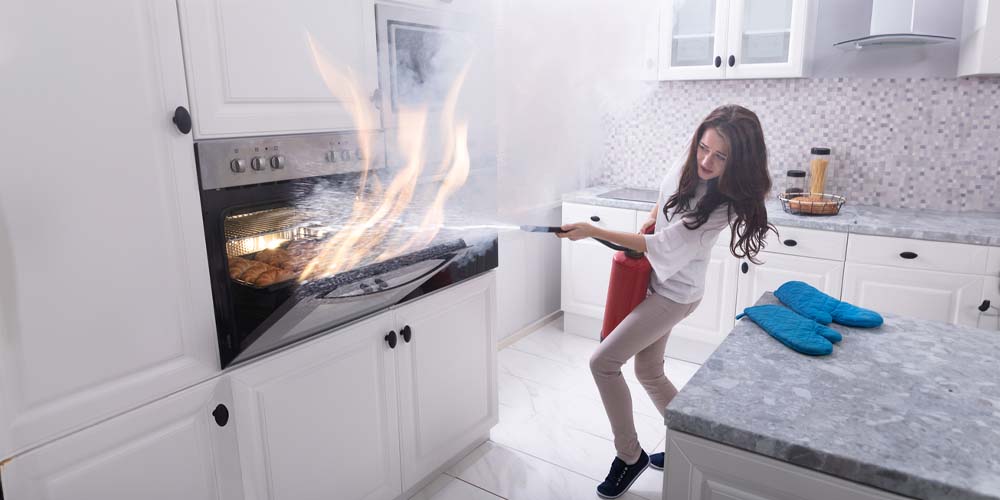
Tip 2: Safe Kitchen Practices
Kitchen safety is crucial, especially in preventing cooking-related fires. Individuals should pay attention to safe cooking habits and proper handling of cooking appliances to promote safety. Some guidelines for safe cooking include the following:
- Turning off the stove when not in use
- Using oven mitts when handling hot pots and pans
- Maintaining a clean and grease-free kitchen
Furthermore, install fire extinguishers and smoke detectors in kitchen areas to respond quickly and effectively to fires and detect smoke or fire incidents early. Regular maintenance and testing are also essential to ensure these safety devices are in proper working condition.
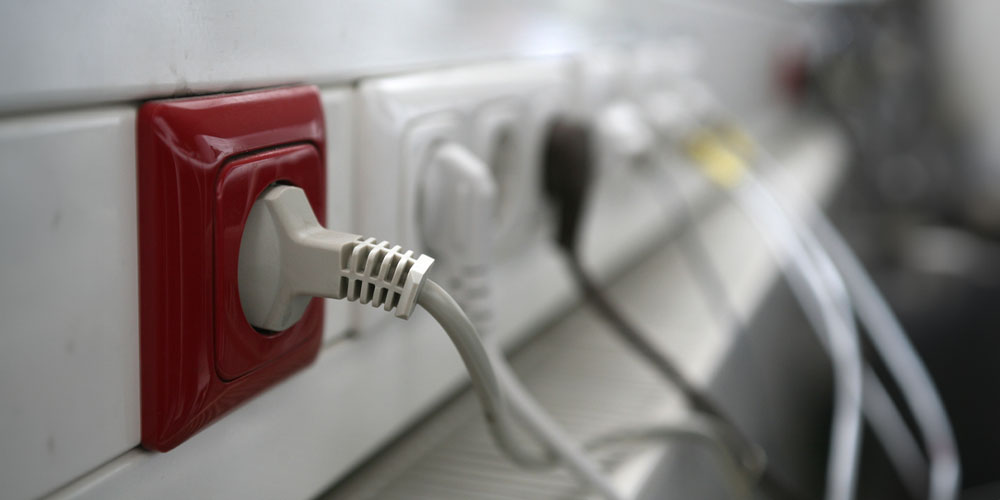
Tip 3: Smart Handling of Electrical Appliances and Outlets
Safe handling of electrical appliances and outlets is crucial for preventing fires. To promote safety, individuals should follow proper use of electrical appliances, including:
- Regularly checking for frayed wires and damaged cords
- Not using appliances near water or in damp areas
- Operating appliances according to manufacturer’s instructions.
When using extension cords and power strips, it is essential to:
- Use only grounded cords and strips
- Avoid overloading them with too many devices
- Never run cords under rugs or carpets
In addition, avoid overloading electrical outlets, leading to overheating and potential electrical fires. A professional electrician should check if an outlet feels hot or emits a burning odor.

Tip 4: Safe Storage and Use of Flammable Materials
Storing flammable materials is crucial to prevent accidents and minimize risks in business settings. Follow these guidelines to ensure safe storage:
- Store flammable materials in designated, well-ventilated areas and avoid contact with ignition sources.
- Keep storage areas clean and organized to prevent potential accidents.
Additionally, proper disposal methods for hazardous materials are crucial to prevent environmental damage and ensure safety. It is important to always adhere to local regulations and guidelines when disposing of these materials safely.
The following are safe handling tips for flammable materials during use:
- Put on the proper personal protection gear, such as goggles, gloves, and clothing that can withstand flames.
- Use the correct tools and techniques for handling, transferring, or dispensing flammable materials.
- Keep a fire extinguisher readily available in case of emergencies.

Tip 5: Creating and Practicing an Emergency Plan
It is crucial to emphasize the importance of a fire evacuation plan for homes and businesses. Such a plan ensures the safety of individuals during fire emergencies and reduces the risk of injuries or fatalities.
Steps to create a compelling and practical fire escape plan include:
- Identify all possible exits and ensure they are easily accessible.
- Install smoke alarms and fire extinguishers in key locations.
- Designate a meeting point outside the building for everyone to gather safely.
Furthermore, regular drills ensure preparedness by familiarizing individuals with fire safety protocols and evacuation procedures. Practice helps everyone know what to do in case of a fire, promoting a swift and coordinated response for maximum safety.
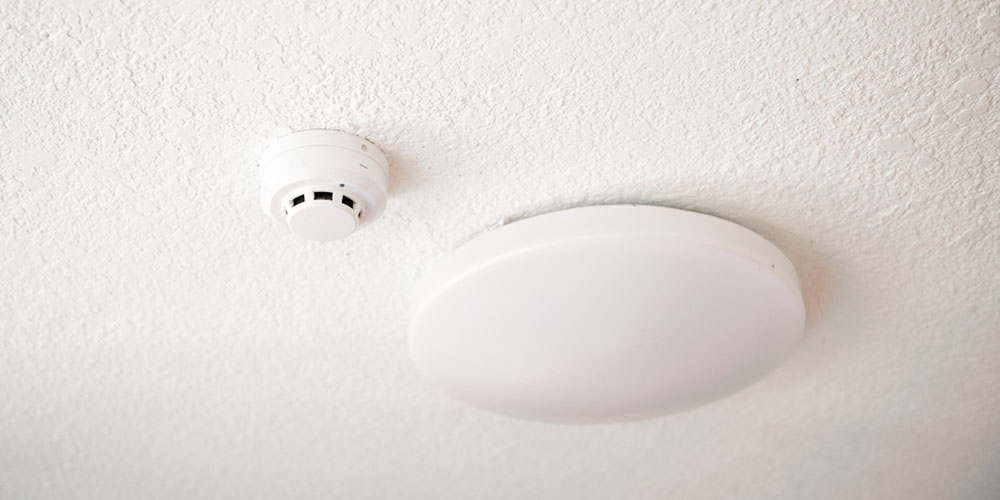
Leveraging Technology for Fire Prevention
Advances in fire detection and prevention technologies are transforming the way organizations and individuals approach fire safety. Some of these advances include the following:
- Smart smoke detectors offer real-time alerts via smartphone apps and the ability to monitor remotely for added safety and convenience.
- Automatic sprinkler systems utilize advanced sensors to detect fire hazards and quickly suppress fires to minimize their impact.
When choosing and installing these technologies, consider the following tips:
- Research and compare different brands and models.
- Seek professional guidance and consider professional installation.
- Regularly test and maintain the technologies.
- Ensure proper placement and coverage.
- Make yourself familiar with the user manuals and operating instructions.
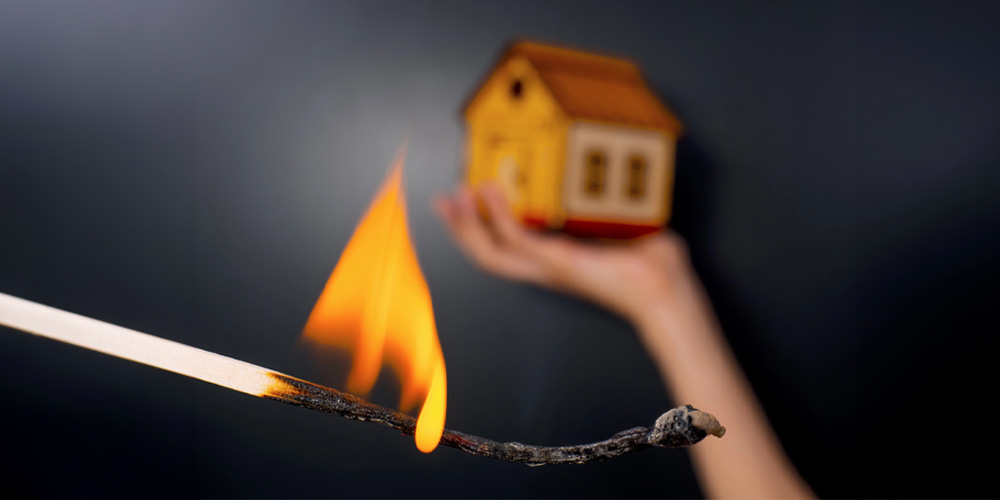
Ignite Prevention, Extinguish Risk!
In conclusion, fire damage prevention heavily relies on advancements in fire detection and prevention technologies, such as smart smoke detectors and automatic sprinkler systems. By following the advice on choosing and installing these technologies, individuals can take proactive measures to protect their property and safeguard lives from the devastating impact of fires.
Furthermore, prevention is the key to fire safety. Stay ahead by regularly testing and maintaining these technologies, and ensure your fire prevention strategy is current. Now, it’s time to ask yourself: Are you prepared? So, take action today by reviewing and enhancing your fire prevention strategies to create a safer environment for yourself and those around you.
References:
- Hall, S. (2023, November 13). Fire loss in the United States. NFPA Research. Retrieved from https://www.nfpa.org/education-and-research/research/nfpa-research/fire-statistical-reports/fire-loss-in-the-united-states
- Hoffman, M. (2018, March 6). HOMES & BUSINESS FIRE SAFETY & PREVENTION CHECKLISTS | LinkedIn. Retrieved from https://www.linkedin.com/pulse/homes-business-fire-safety-prevention-checklists-mike-hoffman/
- Home fire safety. (n.d.). Retrieved from https://www.redcross.org/get-help/how-to-prepare-for-emergencies/types-of-emergencies/fire.html



